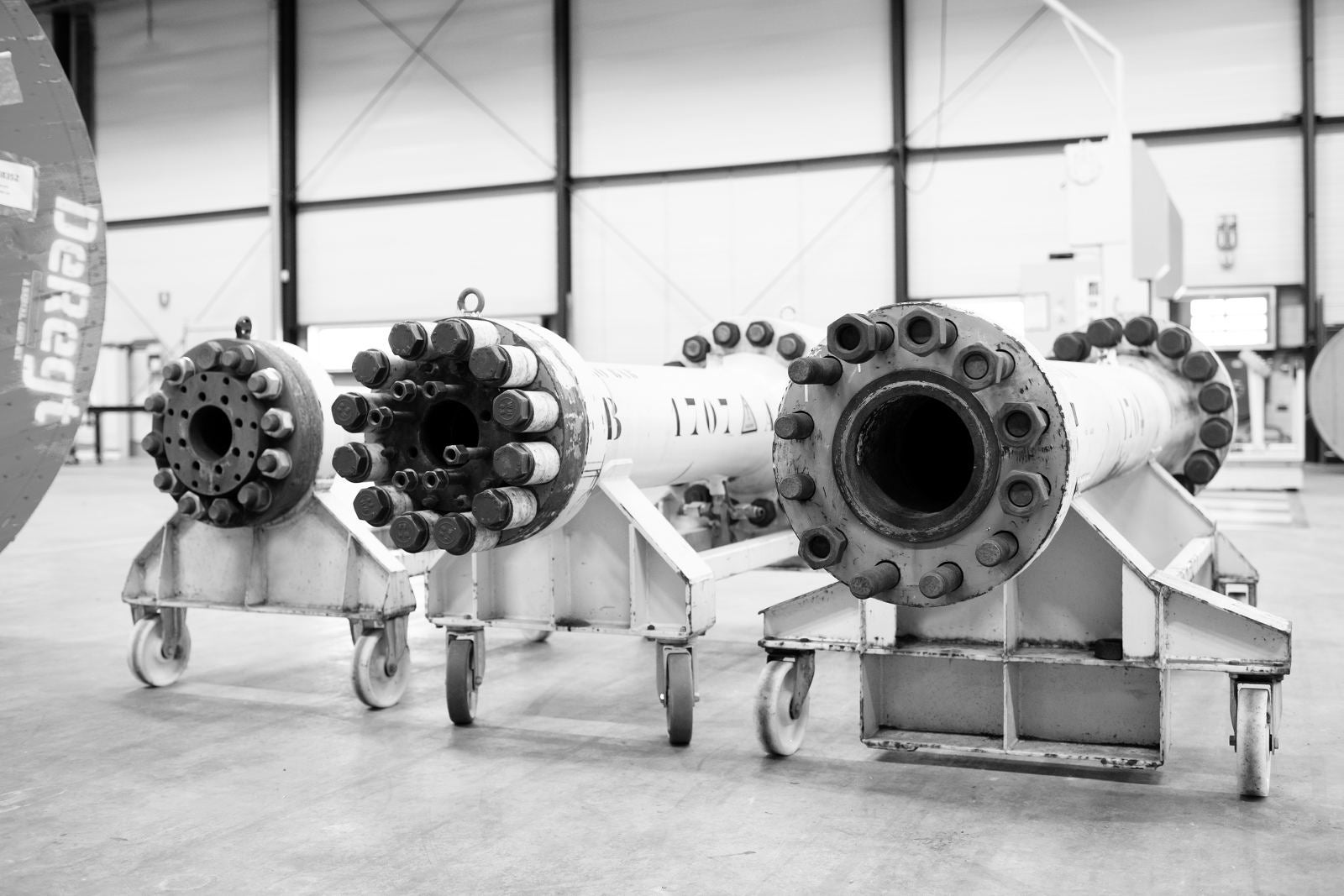
There are a number of aspects to designing a dynamic cable for an offshore project (a cable that moves while in use or because of wave motion). Elements such as torque balancing the cable, crush resistance, the load versus elongation properties, or its fatigue life.
However, behind every great cable there’s always one thing: a rigorous testing regime that involves checking and describing a cable’s mechanical performance and the applications it can be used for – verification and characterisation in industry jargon.
Why we test in addition to analysis
A lot of this verification can be done by analysis (calculations, computer modelling and/or comparing with similar products). This is usually a lot cheaper than performing tests. However, analysis can’t tell you everything you want to know. Cables are constructed by winding the components together in a helix or spiral. The advantage of placing cable components in helices is that they can bend and move without becoming permanently deformed. But, this complex geometry makes it hard to verify a cable’s real-world behaviour by analysis alone. Factor in normal production-related variations in the cable construction and material tolerances, and relying solely on computer-based analysis becomes impossible – and even dangerous. This is why we always perform mechanical tests using real-world samples as well as computer analysis on every new cable prototype we develop. Better safe than sorry.
Designed, built and tested inhouse
DeRegt has its own testing facility at our facility at Krimpen aan de Lek, near Rotterdam. With multiple mechanical test benches on-site, we can conduct nearly all tests inhouse. We run our seven mechanical tests during the qualification phase, which begins once we have completed the design concept and manufactured a prototype. This prototype cable is used to make test samples. Assuming the cable passes with flying colours, the design will be readied for production and the first product built. The qualification phase typically takes a few weeks, but it does vary depending on the complexity of the cable and application. Each cable is also tested before it leaves the factory.

